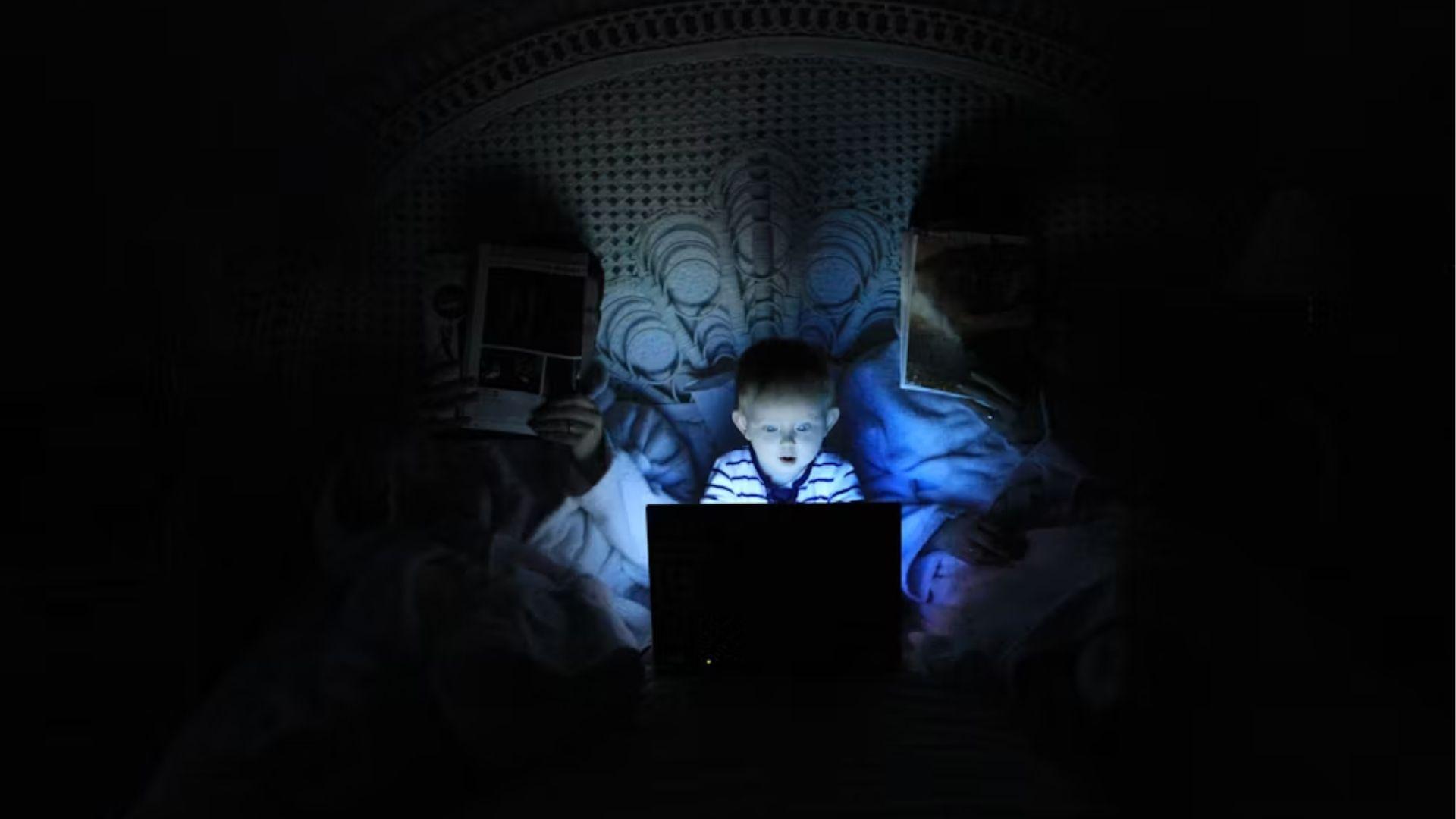Despite parental restrictions being in place, some Apple devices have still allowed access to inappropriate sites. The revelation has horrified parents who believed the restrictions were enough to keep their children safe.
Among the content that children have been able to access despite restrictions are those concerning porn, violence and illegal drugs.
Apple Knew of Bug For Three Years Before Making Changes

This failure of parental restriction settings was caused by a bug in Apple software. However, it wasn’t until three years after the bug was reported that it was finally fixed.
Reportedly, security researchers raised the issue with Apple multiple times in the three year period without success. Now, Apple has said it will finally be fixed in the next software update.
Not The First Bug For Apple’s Protective Software

The unfortunate, and potentially dangerous, bug was not widely known. However, many remain unsurprised by the new revelation.
Many parental restriction software has long been liable for failing to identify all potential risks. Apple’s Screen Time restriction feature has previously attracted complaints, with many complaining that app restrictions don’t always work.
Has Apple Failed To Keep Children Safe?

Apple’s Screen Time feature is a crucial part of the company’s promise to keep children safe on their app. It is designed to prevent exposure to harmful and inappropriate sites and limit the time children spend on devices.
Many parents have relied on Screen Time to keep their children safe online when they’re not directly supervising them, but these new revelations suggest existing protections might be as foolproof as previously thought.
Dangerous Bug Was Discovered in 2020

In 2020, a security researcher named Andreas Jägersberger realized that typing a particular sequence of characters into Apple’s default search engine, Safari, allowed him to sidestep many Screen Time restrictions.
He realized this bug existed on all Apple Software and across different Apple devices. He also realized that it allowed him to sidestep web blacklists that had been added to a given device.
Apple Dismissed Concerns Again and Again

Concerned by what he found, Jägersberger and his colleague Ro Achterberg reported the error to Apple’s security team in March 2021. However, Apple told the two that the flaw wasn’t a security issue and directed them elsewhere.
On the request of Apple, Achterberg and Jägersberger reported the same issue via Apple’s feedback tool. Both say they never heard anything back, despite taking the same steps again just months later.
Whistleblowers Raise The Alarm

After feeling ignored by Apple, Ro Achterberg and Andreas Jägersberger felt like they had limited choices on how to proceed. Wanting to raise awareness of the bug, they contacted Joanna Stern, a journalist at The Wall Street Journalist.
Using a device with Screen Time restrictions enabled, Stern typed the consequential sequence that the two whistleblowers had previously used. She found that she was able to visit x-rated, adult-only sites and could Google information about how to obtain illegal drugs.
Infuriated Parents Demand Change

While the bug discovered by Jägersberger doesn’t seem to have been widely exploited, the same can’t be said for other bugs on Apple devices that parents have complained about. For instance, some parents say that limits on time spent on apps are not always enforced by the Screen Time feature.
Meanwhile, others have expressed concerns that their children are able to redownload apps that their parents had deleted. This led Adam Pletter, A Maryland psychologist, to start a campaign to close the “Ask to Buy loophole”.
Are We Losing The War Against Overexposure to Screens?

Amidst the Screen Time revelations, many parents may be wondering how much they should try to limit their children’s screentime. Given that overexposure to screens has been linked to depression, anxiety, and isolation, there’s no doubting the importance of placing some level of restriction on exposure.
The American Academy of Pediatrics discourages screen use by children younger than 2 and says older children should limit their screen time to one to two hours a day. However, the reality is far different, with teenagers averaging over eight hours per day on screens.
Looking For Alternatives to Screen Time? Keep Reading:

For Android users, the app Family Link can be found on the Google Play Store. It allows parents to set up an account for their children that they can monitor. For Apple users wary of the Screen Time program, Family Link is also available on iOS.
However, parents of teenagers may find limited use of Family Link. The app gives children 13 and older the option to lift the restrictions placed on them. However, it is possible to modify the child’s age to below 13 in order to maintain the limitations. Ultimately, for many, it still seems like there is no single solution.

